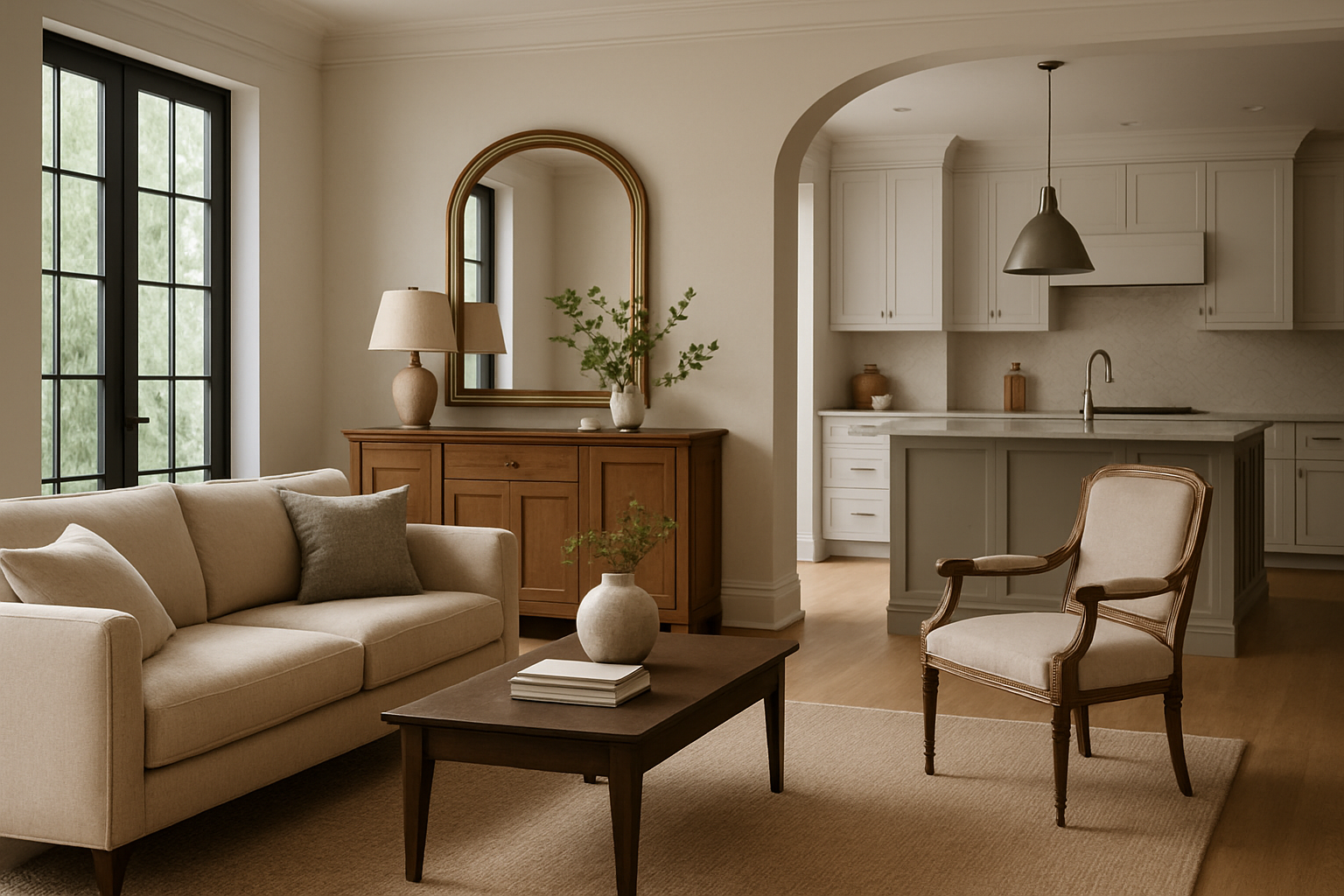Interior Design Essentials for Stylish, Functional Homes
Thoughtful interior design transforms a house into a comfortable, practical, and visually appealing home. By combining principles of scale, color, lighting, and texture with carefully chosen furniture and home decor, you can create rooms that feel cohesive and reflect your lifestyle. This guide focuses on practical strategies for the living room and bedroom while offering tips you can apply throughout your home.

How does interior design shape your home?
Interior design is the intentional organization of space to meet functional needs and aesthetic goals. It starts with assessing how you use each room: traffic patterns, activities, and storage requirements. Good design prioritizes flow and proportion—choosing the right scale of furniture for the room size, positioning lighting to support tasks and mood, and layering textures and colors to create depth. Consider a consistent design thread (a color palette, material choice, or style) to link rooms and create visual harmony across your home.
What furniture choices balance style and function?
Selecting furniture requires balancing aesthetics, comfort, and durability. Measure spaces before buying to ensure scale fits—leave at least 30–36 inches for main walkways and make sure seating supports conversation. Multi-functional pieces such as storage ottomans, sleeper sofas, or console tables with drawers extend usefulness in smaller homes. Material choices matter: hardwood frames and high-density foam generally last longer, while slipcovers and washable fabrics are practical for families. Finally, prioritize one or two statement pieces (a sofa or dining table) and let smaller accents complement them rather than compete.
How to use home decor to personalize spaces?
Home decor is the finishing layer that injects personality into a room. Start with a coherent palette of three to five colors: a dominant neutral, a secondary hue, and one or two accent shades. Add texture through rugs, throws, cushions, and window treatments to make rooms feel layered and welcoming. Art and accessories should be curated rather than cluttered—group items in odd numbers, vary heights, and leave negative space so each piece can breathe. Plants are an affordable way to add life and improve perceived airiness; choose varieties suited to available light.
How to arrange the living room for comfort and flow?
A functional living room supports socializing, relaxing, and entertainment. Anchor the seating around a focal point—this could be a fireplace, TV, or a large window. Use rugs to define conversation areas; ensure all main seating touches the rug or sits comfortably on it. Arrange seating to allow easy sightlines and enough distance between furniture for movement. Include layered lighting: overhead for general use, task lighting for reading, and accent lights for ambiance. Consider storage that keeps clutter hidden—built-ins, low-profile cabinets, or decorative baskets—so surfaces remain tidy and inviting.
How to design a bedroom that promotes rest?
A bedroom should prioritize relaxation and restorative sleep. Start with the bed placement: ideally positioned so the headboard is against a solid wall and away from direct drafts. Choose a mattress and bedding that support comfort and temperature regulation. Keep the palette calming—soft neutrals, muted blues, or greens—and limit bright, stimulating colors. Nightstands with adequate storage, soft bedside lighting, and blackout-window treatments help create a sleep-friendly environment. If space allows, create a small seating or reading nook to make the bedroom a multifunctional retreat rather than just a place to sleep.
Small-space strategies and lighting tips
Smaller rooms can feel spacious with a few strategic moves. Use mirrors to reflect light and create a sense of depth. Opt for multi-purpose furniture and vertical storage to maximize square footage without crowding floors. For lighting, layer sources: ambient (ceiling), task (reading lamps), and accent (wall sconces, picture lights). Dimmer switches allow flexible mood control. When choosing fixtures and finishes, consider scale and proportion—a large chandelier can overwhelm a small space, while too-small fixtures can look lost in a large room.
Incorporating sustainable choices—like durable materials, energy-efficient lighting, and secondhand or repurposed furniture—helps extend the life of your design and reduce waste. Ultimately, good interior design is about making intentional decisions that reflect how you live, balancing beauty with practicality so each room supports daily life while feeling personal and well composed.
Conclusion
Interior design is both creative and pragmatic: by focusing on proportion, function, layered lighting, and thoughtful selections of furniture and home decor, you can shape living rooms and bedrooms that are comfortable, attractive, and uniquely yours. Small changes—better furniture placement, a cohesive color scheme, or improved lighting—can have a big impact on how your home feels and functions.






